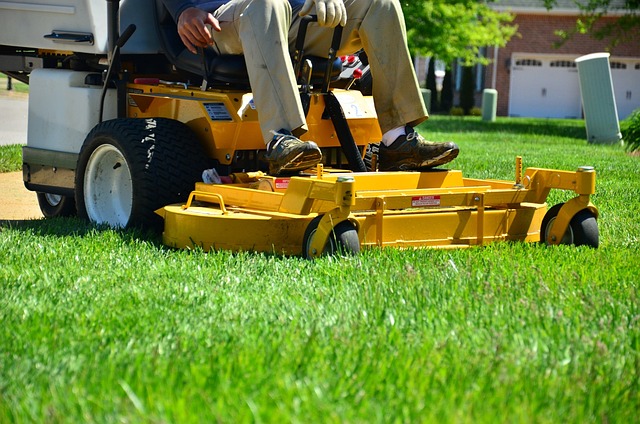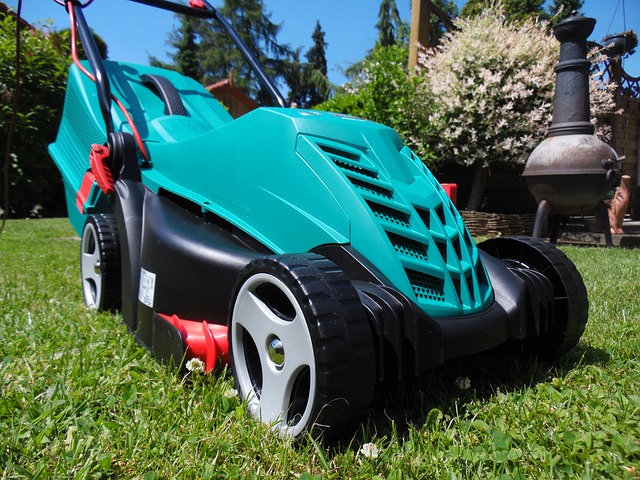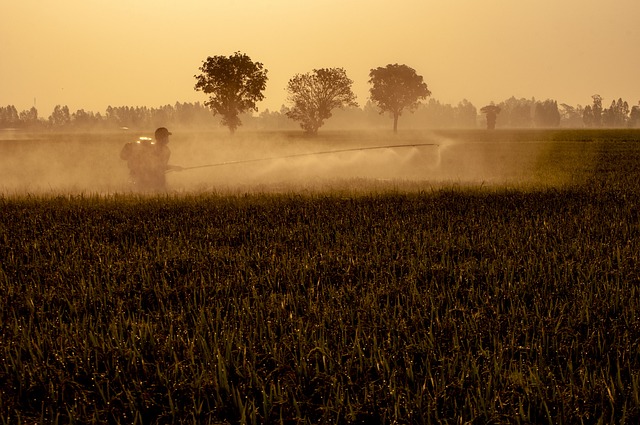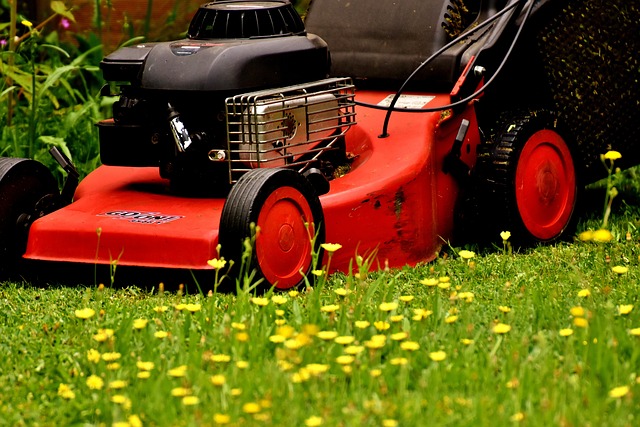Irrigating lawns effectively requires understanding grass types, climate, soil, and rainfall. Warm-season grasses need less frequent deep watering, while cool-season varieties prefer shallow, more frequent irrigation. Drier climates demand strategic watering to avoid runoff, while humid regions require shorter, frequent sessions to prevent root rot. Customizing irrigation systems based on these factors promotes healthy turf growth, minimizes water waste, and is key in Lawn Care and Landscaping. Selecting the right system (drip or sprinkler) for your landscape's unique needs and incorporating smart technology ensures lush results year-round. "Lawn Care and Landscaping" guides installation and maintenance for efficient irrigation systems tailored to individual properties.
“Elevate your lawn care and landscaping game with our comprehensive guide on irrigation system installation. Understanding your lawn’s unique water needs is the first step towards optimal growth, followed by selecting the ideal irrigation system tailored to your landscape. This article provides a detailed roadmap from planning to maintenance, ensuring your lawn thrives year-round. Discover expert tips and essential insights to transform your outdoor space with efficient watering practices.”
- Understanding Your Lawn's Water Needs: A Comprehensive Guide
- Choosing the Right Irrigation System for Optimal Landscaping
- Installation Steps: From Planning to Maintenance for a Thriving Lawn
Understanding Your Lawn's Water Needs: A Comprehensive Guide

Irrigation system installation is a significant step in achieving a lush, healthy lawn—but understanding your lawn’s water needs is crucial before you begin. Lawn care and landscaping professionals often recommend assessing your turf’s specific requirements to ensure optimal growth and minimize wastage. This involves considering factors like grass type, climate, soil composition, and the natural rainfall pattern of your region. Different grasses have varying water demands; for instance, warm-season grasses like Bermuda or Zoysia require less frequent but deeper irrigation, while cool-season varieties such as Kentucky Bluegrass thrive with more frequent, shallow watering.
Climate plays a significant role in dictating your lawn’s hydration schedule. Drier climates demand strategic watering to penetrate the soil depth without causing runoff, whereas humid regions may necessitate more frequent but shorter watering sessions to prevent over-saturation and root rot. Soil type is another critical factor; sandy soils drain quickly, requiring more frequent irrigation, while clay soils retain moisture for extended periods, potentially leading to waterlogging if not managed correctly. By thoroughly understanding these variables, homeowners can effectively customize their irrigation systems for optimal lawn care and landscaping results.
Choosing the Right Irrigation System for Optimal Landscaping

When it comes to enhancing your lawn care and landscaping, selecting the appropriate irrigation system is a game-changer. The right system can ensure your plants thrive with efficient water distribution, catering to both specific plant needs and overall aesthetic appeal. Key considerations involve evaluating your landscape’s unique characteristics, such as terrain, vegetation types, and sunlight exposure. For instance, sloped areas may require drip irrigation for targeted, low-volume watering, while flat, open spaces could benefit from sprinkler systems for thorough coverage.
Incorporating smart technology further optimizes your irrigation, allowing for customizable settings based on weather conditions, plant health, and time of day. This ensures water is used judiciously, promoting sustainable lawn care and landscaping practices. By aligning the chosen system with your landscape’s specific requirements, you can achieve lush, vibrant results that enhance your outdoor space, bringing it to life throughout the seasons.
Installation Steps: From Planning to Maintenance for a Thriving Lawn

Lawn Care and Landscaping: Installation Steps for an Efficient Irrigation System
The journey to a thriving lawn begins with meticulous planning, where understanding your lawn’s needs and the climate is crucial. This initial phase involves assessing the size of your property, identifying areas prone to drought, and considering any unique challenges like slopes or shaded regions. Once these factors are addressed, select an irrigation system tailored to your requirements—drip systems for targeted watering or sprinkler systems for broader coverage.
Installation itself requires a systematic approach. Begin by preparing the ground, ensuring it’s clear of debris. Then, layout and connect the pipes according to your design, incorporating valves and controllers as needed. Test each component meticulously to guarantee functionality. Regular maintenance, including filter cleaning and system checks, is vital to ensure optimal lawn care and landscaping outcomes.
Irrigation system installation is a strategic investment in your lawn care and landscaping efforts. By understanding your lawn’s water needs, selecting the appropriate irrigation system, and following proper installation and maintenance practices, you’ll create a thriving, vibrant outdoor space that requires less manual intervention. Embrace the benefits of efficient watering for a healthier, more sustainable yard.














